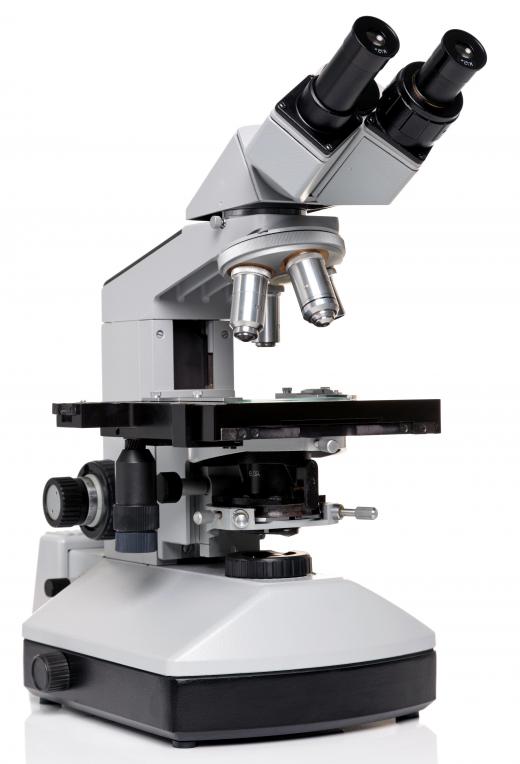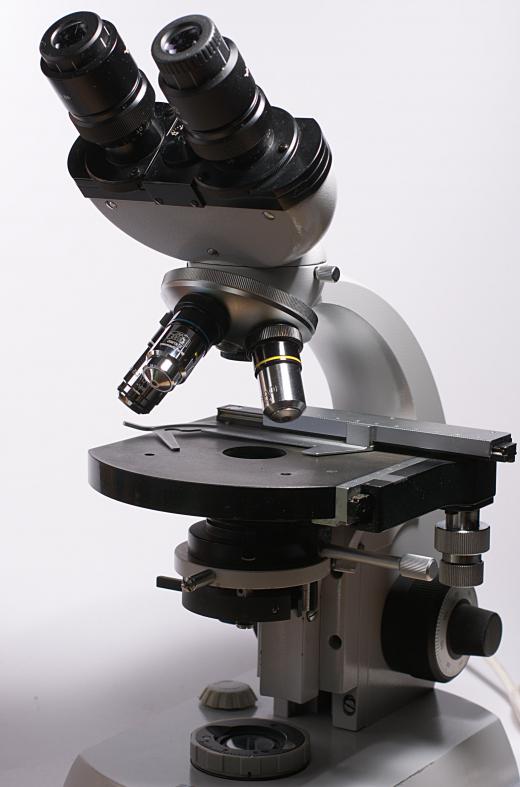How do I Choose the Best Microscope Resolution?
It can sometimes be hard to figure out what the best microscope resolution to use is, especially for new microscopists. There are, however, three easy guidelines that can help even the rawest beginner choose the best microscope resolution. The guidelines are to choose the resolution that will not damage your specimen, choose the resolution that presents the largest amount of the desired subject matter in the field of view, and choose the resolution that allows for a clear view of the subject matter. These three guidelines will be explained in more detail below.
First, make sure to choose a resolution that will not damage the specimen. But how can choosing a specific resolution damage a specimen? One way is through oil. Very high resolution lenses require the use of oil or other liquids that can damage specimens or destroy slides that are not properly prepared. Another way a specimen can be damaged is through physical force. If the microscope lens is too big, it can push against a specimen and crush it if the user isn’t careful. These factors should be taken into account prior to using a lens to attain a specific resolution.

Second, choose the resolution that presents the largest amount of the desired subject matter in the field of view. If a microscopist can only see a tiny bit of something in the corner of the eyepiece, then a higher resolution probably needs to be used. As long as no physical damage occurs to the specimen and time permits it, a microscopist should feel free to try a higher resolution in order to determine if it allows more of the desired subject matter to be seen.

Third, use the resolution that allows for a clear view of the subject matter. If a microscopist can’t clearly see the subject, it doesn’t matter how much of it is in the field of view. Every time the resolution is increased, more light will be needed to see the subject matter properly; if more light is not available, a lower resolution should be used. As well, if a microscopist can not get the subject matter into focus (fuzzy) at a specific resolution, a different resolution should be used.

Beyond these three guidelines, remember standard microscope practices when choosing the best microscope resolution. Start at the lowest possible resolution, and get the subject matter into focus. Move to the next lowest resolution, adjusting the focus and illumination as needed. Then follow the three guidelines until the best microscope resolution has been determined.
AS FEATURED ON:
AS FEATURED ON:














Discuss this Article
Post your comments